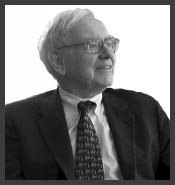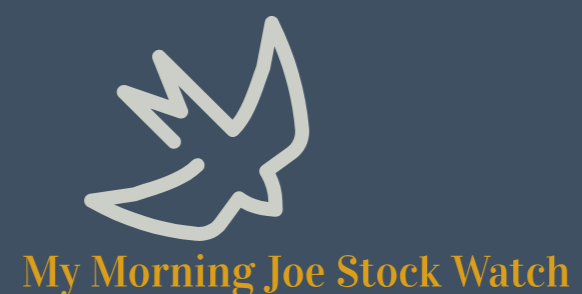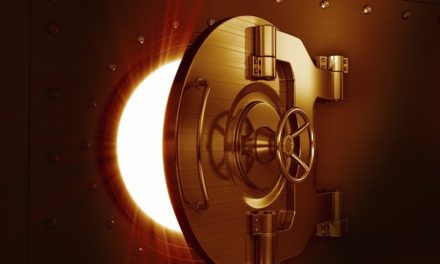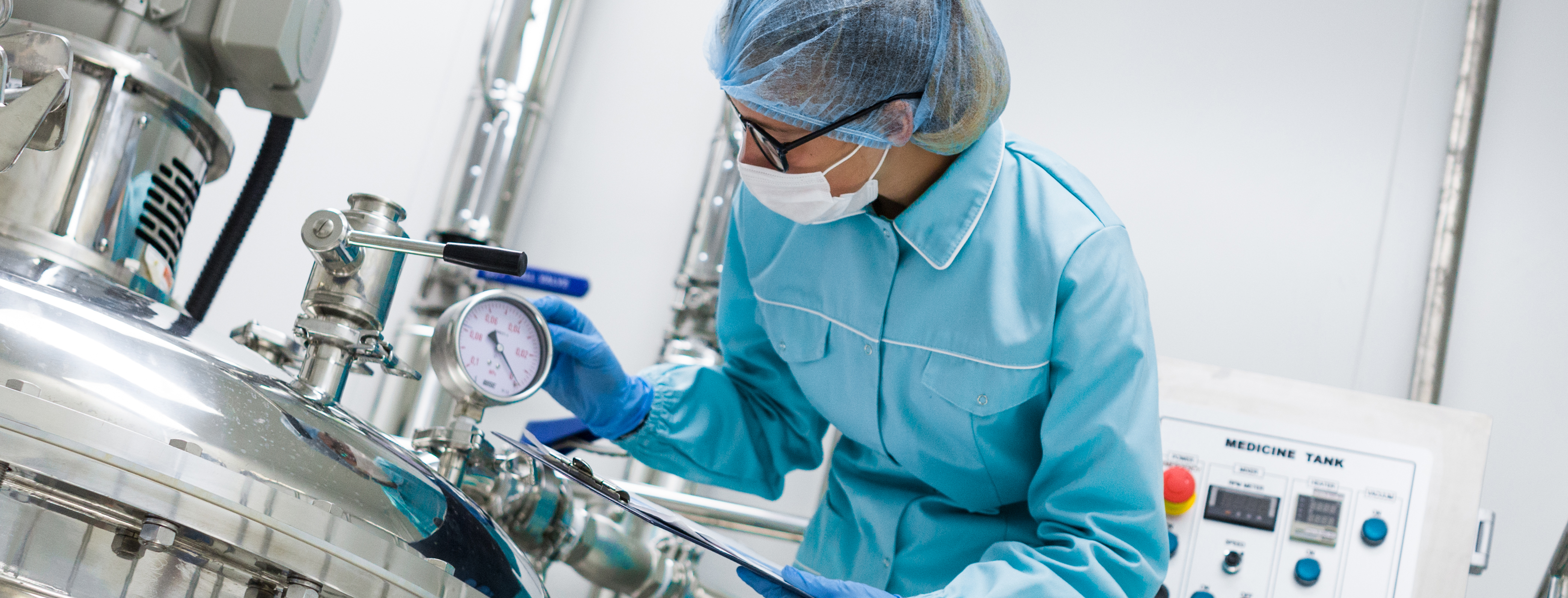
“I buy on the assumption that they could close the market the next day and not reopen it for five years.”
— Warren Buffett
A critical pearl of wisdom from Warren Buffett teaches us that with any potential stock investment we may make, as soon as our buy order is filled we will have a choice: to remain a co-owner of that company for the long haul, or to react to the inevitable short-term ups and downs that the stock market is famous for (sometimes sharp ups and downs).
The reality of this choice forces us to challenge our confidence in any given company we might invest into, and keep our eyes on the long-term time horizon. The market may go up and down the interim, but over a five year holding period, will the investment succeed?
Back in 2020, investors may have been asking themselves that very question about Public Service Enterprise Group Inc (NYSE: PEG). Let’s examine what would have happened over a five year holding period, had you invested in PEG shares back in 2020 and held on.
| Start date: | 01/07/2020 |
|
|||
| End date: | 01/06/2025 | ||||
| Start price/share: | $57.60 | ||||
| End price/share: | $85.70 | ||||
| Starting shares: | 173.61 | ||||
| Ending shares: | 206.16 | ||||
| Dividends reinvested/share: | $10.84 | ||||
| Total return: | 76.68% | ||||
| Average annual return: | 12.05% | ||||
| Starting investment: | $10,000.00 | ||||
| Ending investment: | $17,668.30 | ||||
As shown above, the five year investment result worked out quite well, with an annualized rate of return of 12.05%. This would have turned a $10K investment made 5 years ago into $17,668.30 today (as of 01/06/2025). On a total return basis, that’s a result of 76.68% (something to think about: how might PEG shares perform over the next 5 years?). [These numbers were computed with the Dividend Channel DRIP Returns Calculator.]
Dividends are always an important investment factor to consider, and Public Service Enterprise Group Inc has paid $10.84/share in dividends to shareholders over the past 5 years we looked at above. Many an investor will only invest in stocks that pay dividends, so this component of total return is always an important consideration. Automated reinvestment of dividends into additional shares of stock can be a great way for an investor to compound their returns. The above calculations are done with the assuption that dividends received over time are reinvested (the calcuations use the closing price on ex-date).
Based upon the most recent annualized dividend rate of 2.4/share, we calculate that PEG has a current yield of approximately 2.80%. Another interesting datapoint we can examine is ‘yield on cost’ — in other words, we can express the current annualized dividend of 2.4 against the original $57.60/share purchase price. This works out to a yield on cost of 4.86%.
One more piece of investment wisdom to leave you with:
“In the short run, the market is a voting machine but in the long run, it is a weighing machine.” — Benjamin Graham




